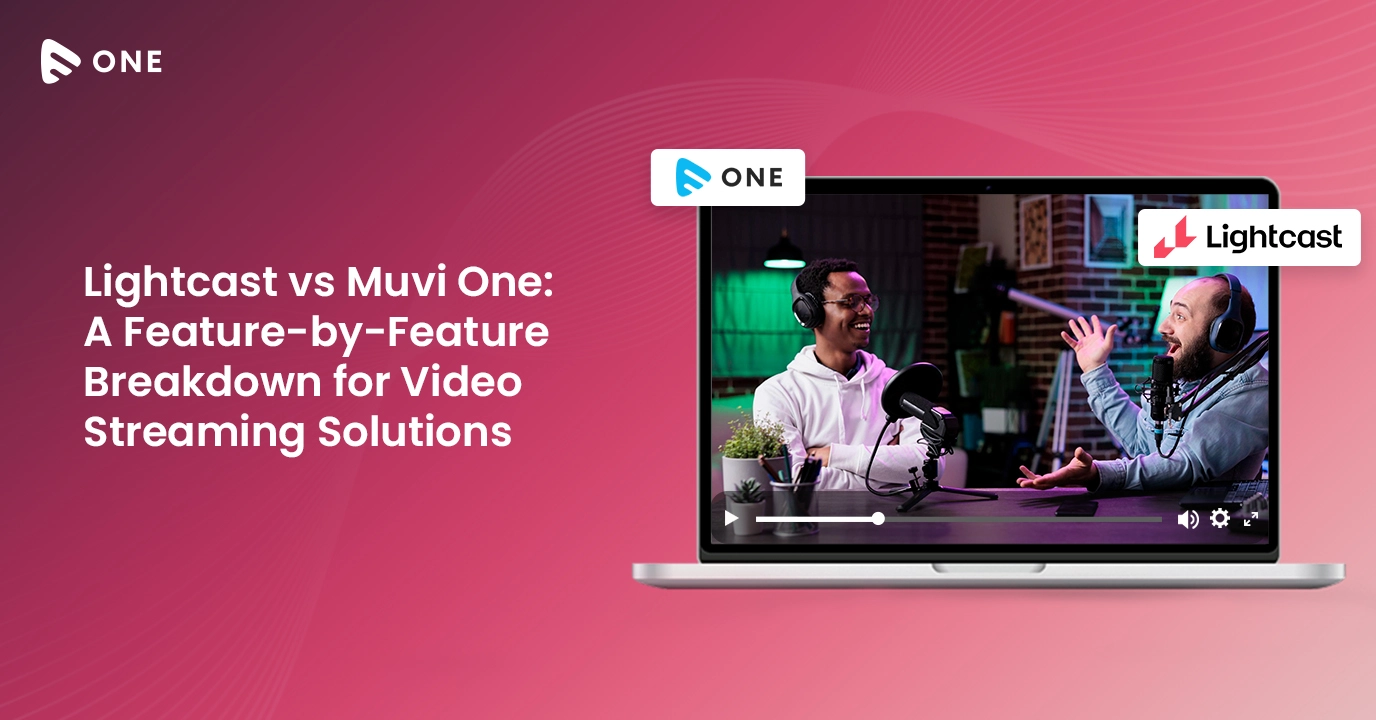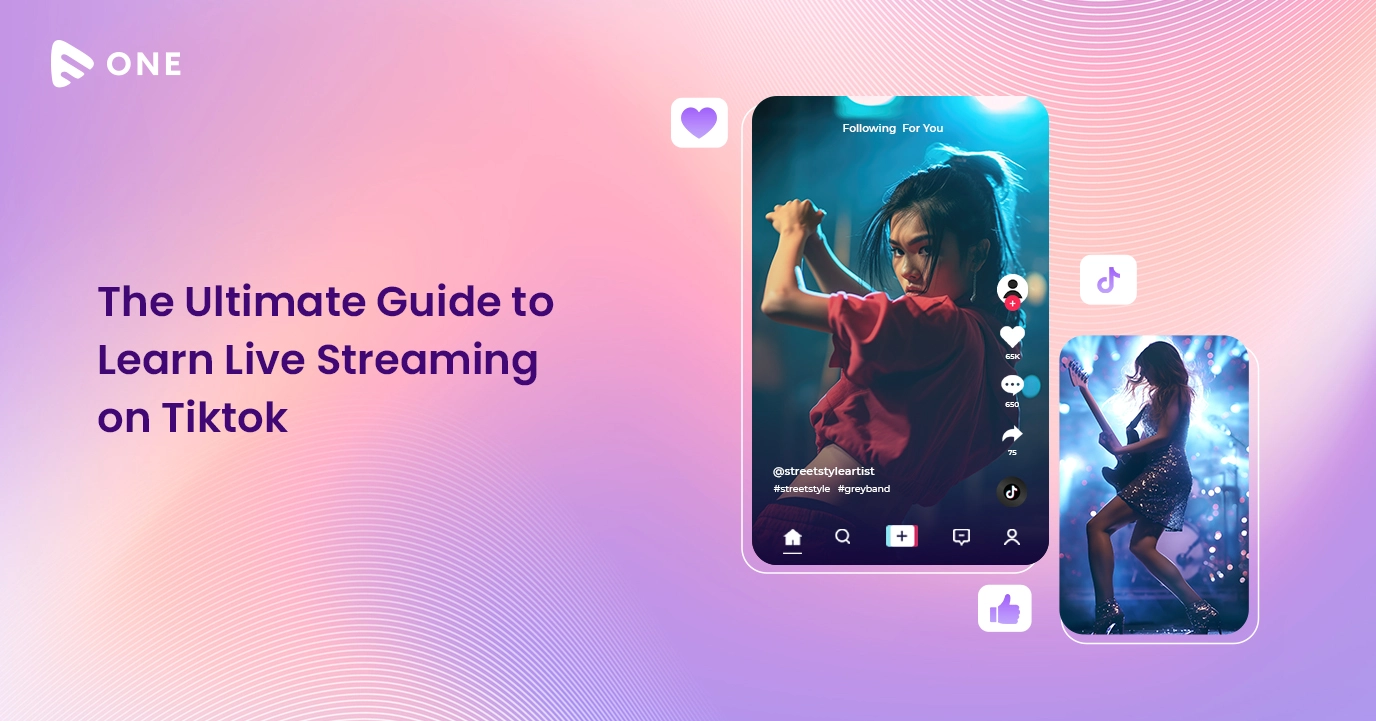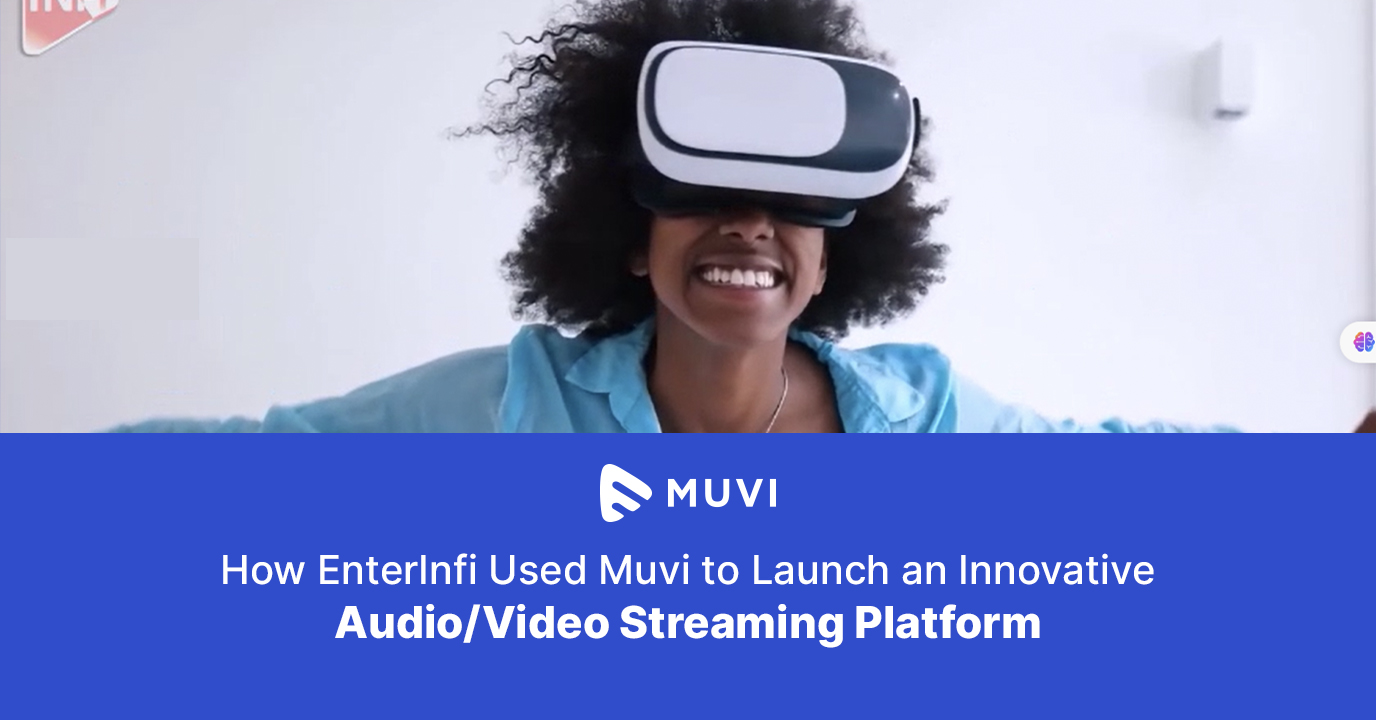Video files are larger and it is impossible to stream them over the internet without codecs. Codecs are constantly evolving to improve the technical workflow, and versatile video coding (VVC) is popular in the market when it comes to new and improved codecs. With VVC, the streaming media industry is gearing up for the next fight. Everybody is discussing H.266 VVC and It is even more efficient than H.265. It is designed to deliver 30 to 50% bitrate reduction as compared to HEVC at a similar perceptual quality with an encoding density of 10x HEVC and a decoding density of 1.5x. In this blog post, we are going to discuss everything about the H.266 VVC such as what it is, how it performs, what it costs, and how it is beneficial.
VVC is a standard-based codec and therefore the browsers owned by Alliance for Open Media won’t support it. For example, HEVC was launched in the year 2013 but it isn’t still supported on Google Chrome, Mozilla Firefox, and Microsoft Edge. It is only available on 18% of the browsers. From the decoding perspective, VVC playback is much more CPU-intensive than HEVC and for this reason, only VVC has to wait for hardware support and browser support for success on PCs. VVC playback on mobile and living room devices will also need hardware support with similar delays for hardware development and market growth.

VVC (Versatile Video Coding) – What should you know about it?
Versatile Video Coding (VVC) is a codec that is also known as H.266. It is a block-based hybrid codec that makes it highly complex and highly capable. It was created by the Joint Video Experts Team (JVET) at ITU. They planned to come up with a next-generation codec that would support the future of video streaming.
The codec is named Versatile Video Coding because it is designed to be very versatile and address all the requirements of videos with low resolution and low bitrates to high resolution along with higher bitrates such as HDR, 360 omnidirectional, and so on.
VVC also enjoyed a similar longer development cycle to AVC and HEVC which began in 2015. VVC is the successor to HEVC but unlike AVC and HEVC released by the two standards bodies for several years before and after, VVC was launched close to the release date of two other codecs.
What is the Royalty Status of VVC?
As we are well-known for the fact that HEVCs royalty policy has been criticized as confusing, excessive, and opaque and publishers encoding with HEVC are still unaware if royalties may apply. And when HEVC was finalized in the year 2013, most of the chip and device manufacturers immediately began deployments since H.264 was an affordable standard with almost 90% acceptance by publishers and players, and they assumed that HEVC would be the same.
In 2013, satellite and cable broadcast was the dominant player in the market place and there were no standard codec competitors. However, in 2021, streaming became the dominant player and no other media or broadcast technology could compete with Streaming media. So, VVC and HEVC are the most valuable codecs we have. AV1 is one of the relevant competitions for both of them. As you would expect, several of the technology contributors to VVC are also in one of the three HEVC pools. So, how will VVC avoid a similar outcome?
Interacting Signaling and Patent Pool Fostering
The primary method is to offer interoperability that would allow several VVC encoding profiles to exclude certain encoding tools. One possible outcome of this would be to exclude a definite patented tool since the owners want to charge a higher price. While this could help avoid high rates and would also introduce doubt in the performance of encoding and decoding.
Hence, this would be the result of excluding the most powerful encoding tools from most commercial profiles because the patent owners wouldn’t agree to commercially reasonable terms. While it seems doubtful that VVC performance will be diluted in this way, we won’t know until royalty policies from every contributing company are set.
The second method was to utilize patent pool fostering to support IP owners in creating a single patent pool and speed up the release of royalty terms. This method led to the formation of two pools, one managed by Access Advanced (formerly known as HEVC Advance) and the other MPEG LA. Both of these administrators also manage HEVC patent pools.
Access Advance has already released its terms and boosted its annual royalty cap from $40 million for HEVC to over $60 million. A business that permits both HEVC and VVC from Access Advance pays a higher price for VVC, however, HEVC royalties were waived on products that include both MPEG LA, which were not launched till the fostering efforts, and are yet to declare terms and it’s pretty uncertain whether a third pool will form.
VVC Performance
VVC also has a test model just like all other standard-based codecs that implements all accessible encoding tools to deliver maximum compression efficiency. However, the test model is not intended for optimum performance and it is usually never used for commercial encodings.
Different commercial implementations of VVC have different performance attributes. VVC encoding is about 10 times slower than the x265 HEVC codec, though a recent study claimed that encoding times were now much faster.
Conclusion
We could expect to see initial VVC player distribution in mid-2022. It might take time to accumulate a critical mass of VVC-capable players. Once these players come into the limelight, content publishers should begin analyzing whether to integrate VVC into their encoding plans. VVC codec developers have done a great job in delivering the promised bandwidth savings, though concluding performance won’t be recognized until the royalty policies are set and we recognize which tools are in which profiles.
If you are looking for a versatile live streaming platform to live stream your live events, consider using Muvi Live. You can live stream online games, eSports, tournaments, Corporate Events, Shows, Training Sessions, Podcasts and many more. Starts a 14-days free trial to see how it works while hosting events virtually.



















Add your comment